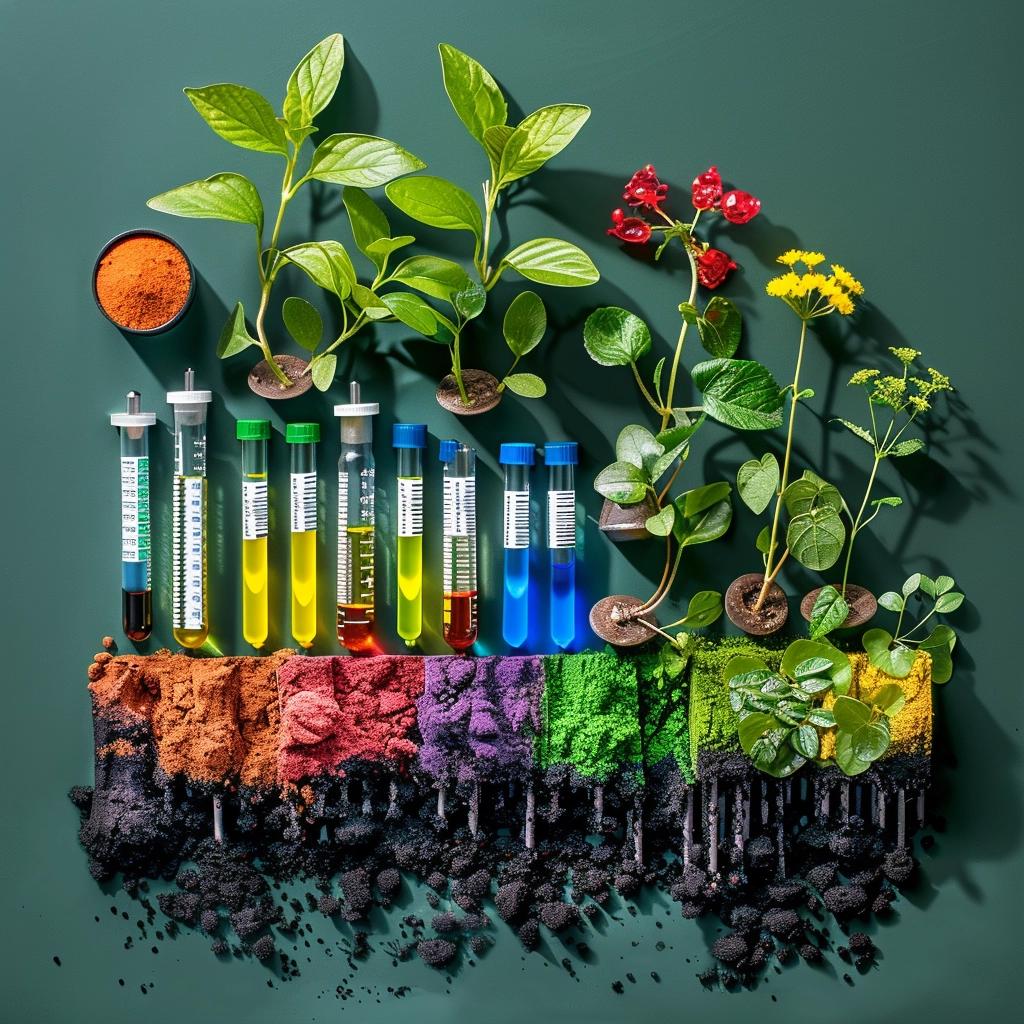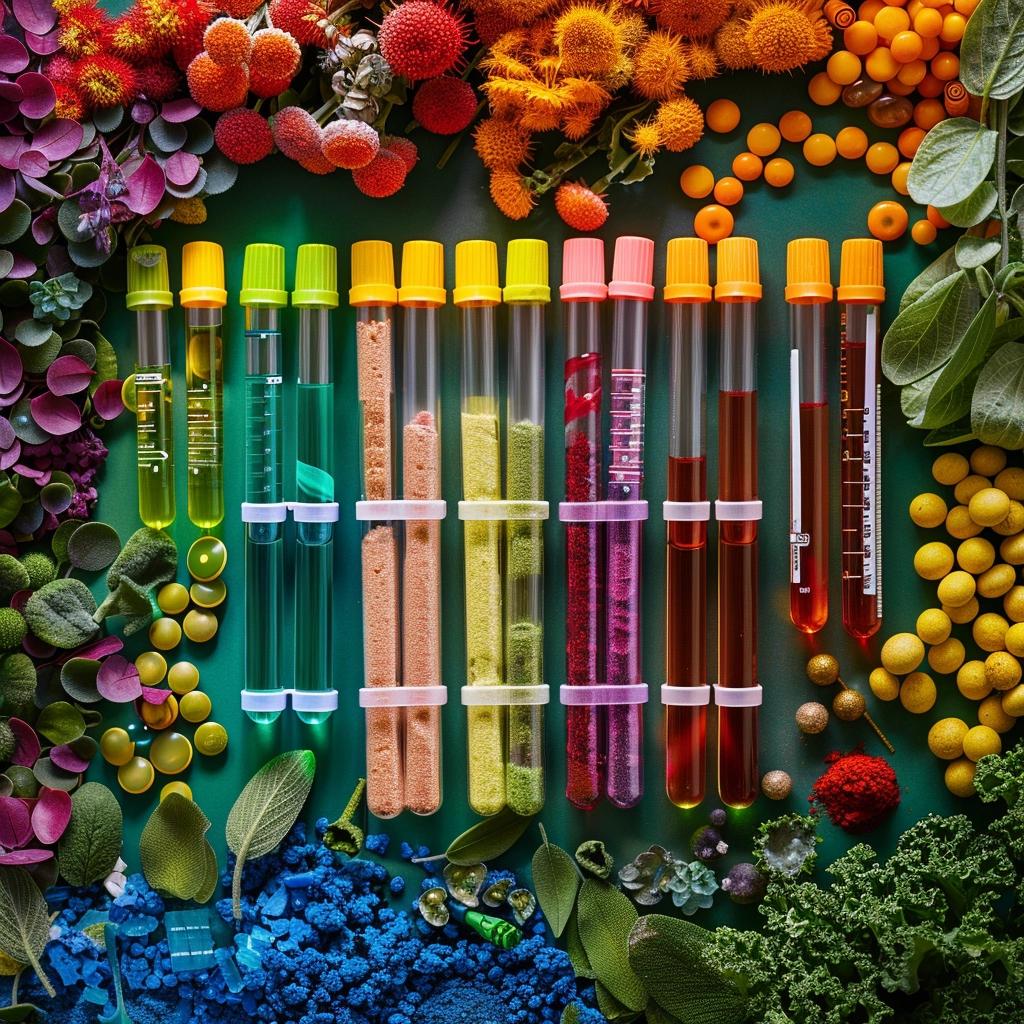As a gardener, you know that healthy soil is the key to a thriving garden. But have you ever wondered if your soil is lacking in essential nutrients or if it has the right pH balance? That’s where soil testing comes into play. It’s like getting a checkup for your soil, ensuring that it’s in top shape to support your plants’ growth.
Understanding the Importance of Soil Testing
Soil testing might seem like a chore, but trust me, it’s a game-changer. Think of it as a secret weapon in your gardening arsenal. By understanding your soil’s composition, you can make informed decisions about what amendments or fertilizers to add. It’s like giving your plants a personalized diet plan tailored to their specific needs.
Selecting the Best Soil Test Kit for Your Needs

Now, let’s talk about soil test kits. These handy little gadgets come in all shapes and sizes, from basic pH testers to comprehensive lab analysis kits. It’s like choosing the right pair of gardening gloves – you want something that fits your needs perfectly.
Here’s a table to help you navigate the world of soil test kits:
| Kit Type | What It Tests | Best For |
| — | — | — |
| pH Meter | Soil pH level | Quick pH checks |
| Basic Soil Test Kit | pH, N, P, K levels | Home gardens |
| Professional Lab Analysis | Comprehensive nutrient profile | Large gardens, farms |
Key Factors to Consider When Choosing a Soil Test Kit
Okay, now that you know the basics, let’s dive a little deeper. When choosing a soil test kit, consider factors like your garden size, plant types, and budget. For instance, if you have a small vegetable patch, a basic kit might be sufficient. But if you’re tending to a vast orchard or vineyard, you might want to splurge on a professional lab analysis.
How to Use a Soil Test Kit Effectively

Using a soil test kit is like following a recipe – you gotta do it right for the best results. Follow the instructions carefully, and remember to take samples from multiple spots in your garden for an accurate representation. Oh, and don’t forget to wear those stylish gardening gloves!
Interpreting the Results and Adjusting Your Gardening Practices

Once you’ve got your soil test results, it’s time to play detective. Analyze the numbers and look for any imbalances or deficiencies. If your soil is too acidic or lacking in nitrogen, for example, you’ll know exactly what amendments to add. It’s like decoding a secret message from Mother Nature.
Maximizing Plant Health with Soil Testing
By regularly testing your soil and making the necessary adjustments, you’ll be setting your plants up for success. Imagine a lush, vibrant garden overflowing with produce or blooms – that’s the power of soil testing! It’s like giving your green babies the ultimate spa treatment.
Conclusion
So, there you have it, folks – the lowdown on soil testing. It might seem like a hassle at first, but trust me, it’s a small price to pay for a thriving garden. Embrace your inner soil scientist, grab a kit, and get testing! Your plants (and your green thumb) will thank you.








